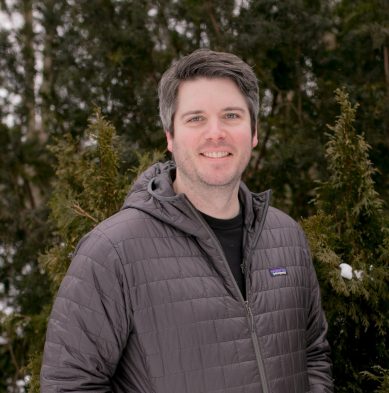
- This event has passed.
Postponed: Grant Gunn

POSTPONED!
Please join us for a Great Lakes Seminar Series – subscribe!
Time: TBD
Location: NOAA Great Lakes Environmental Research Laboratory, Lake Superior Hall and Virtual
Presenter: Grant Gunn -Assistant Professor, Department of Geography and Environmental Management, University of Waterloo
Title: Bottom Roughness of Freshwater Ice: Impacts on Remote Sensing Observations, and Implications for Underwater Oil Releases
Webinar Registration: Link
About the presentation: The ice underside in freshwater lakes of various sizes has been observed to be appreciably rough as a function of flow oscillations and pressure ridging in large open lakes, and variability in snow depth modifying the conductive heat flux (i.e. freezing rates) of the lake. In the case of an underwater oil pipeline rupture occurring in the winter, consolidated ice cover serves to both retain buoyant oil and mask the location of the oil to clean-up crews. The storage capacity of freshwater ice is a function of the roughness of the ice-water interface, the magnitude and correlation length of which varies dependent on the weather from year to year. This presentation focuses on preliminary investigations in the Straits of Mackinac which indicates that ice bottom variability in a region with considerable oscillatory flow is 0.3 m3 per m2, similar to that of first year sea ice. Additionally, the implication of ice-bottom roughness also extend to studies with the aim to improve the understanding of microwave interactions with freshwater ice (observed with airborne and spaceborne platforms), which holds potential to detect the presence of under-ice oil.
About the speaker: Dr. Gunn is an Assistant Professor in the Department of Geography and Environmental Management at the University of Waterloo (Canada) and formerly in the Department of Geography at Michigan State University. His expertise lies in the remote observation and retrieval of freshwater ice systems in sub-Arctic and Arctic environments. His research applies emerging technologies including airborne/spaceborne synthetic aperture radar, high-performance cloud computing (e.g. Google Earth Engine), interferometry, polarimetric decomposition and thermodynamic modeling. During his time at MSU, Dr. Gunn investigated the variability of ice properties using ground penetrating radar in the Straits of Mackinac to understand the holding capacity of oil under freshwater ice in the event of a spill in the Great Lakes.
**Registration is not required**
_____________________________________________________
IMPORTANT VISITOR INFORMATION
All seminar attendees are required to receive a visitor badge from the front desk at the NOAA Great Lakes Environmental Research Laboratory facility. Attendees need to present a valid U.S. photo ID or green card. If you are a Foreign National, advance notification of at least 48 hours is needed so that security guidelines are followed. You will need to present your passport (a copy will NOT work). For questions regarding building access, or assistance in obtaining Foreign National clearance, please please call 734-741-2024 or email [email protected]. Additional questions? Contact Mary Ogdahl: [email protected]; visit ciglr.seas.umich.edu for more information.
